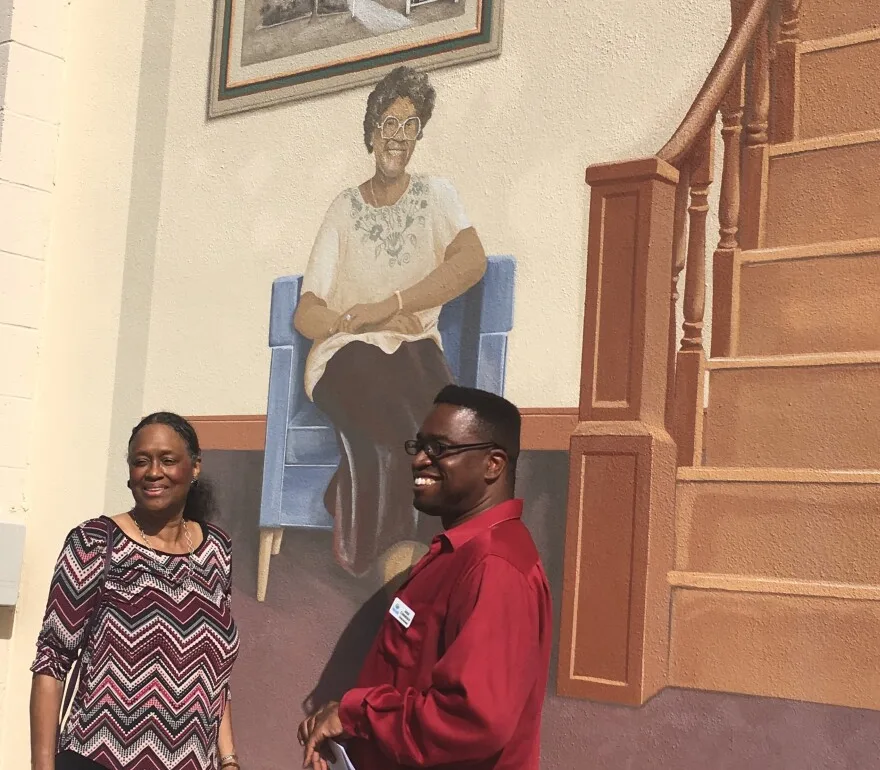An image of my mother, Bernice Andrews Russell, is painted on a mural in the center of Punta Gorda. She was my example of the colored woman that a colored girl like me must aspire to be. Bernice was very proud of her heritage as the descendant of colored pioneers who settled and developed Punta Gorda. It was this pride that motivated her to envision what today is the Blanchard House Museum of African American History and Culture of Charlotte County.

Bernice attended Baker Academy in Punta Gorda for primary school. Because there was no colored high school in Punta Gorda, she lived with her uncle in Ocala to continue her education. There, she earned her diploma from Howard Academy.




My mommy went to Florida A.&M College in Tallahassee where she took an electrical course. But she did not receive a college degree, which she regretted, but her options were limited. She was able to repair anything from lamps to irons to other appliances. Had she not been colored and a female, she might have become an electrician.




Instead, starting in 1955, she worked as a “housekeeper”. However, she never referred to or thought of herself as a “maid”. Only after the 1964 Civil Rights Act passed, was mommy hired by Charlotte County to work in Senior Services. There she established the first congregate meals in Punta Gorda.
Following the example set by her mother Martha Andrews, mommy began her career as an activist and humanitarian. It was Bernice that folks came to for advice and assistance. Accessible and acceptable housing was of great “importance to her , as a result, she was appointed as Vice Chairperson of the Punta Gorda Housing Authority.




While Bernice regretted not getting a college education, she knew how to tap and use her leadership skills. When white society allowed my mommy to be a part of it. She was either President or Vice President of every organization of which she was a member. Over the years, she received many awards for her service to the community. Her greatest honor was presented to her by the Rotary Club for “service above self.”




Mommy never once mentioned that she was the “first colored” to do something, she was simply the best, as leader , to call bingo, or to make the best 7-up cake in the county.
“In my life, I have found myself as a colored, a negro, a Black, an African American, and a person of color. This is my reflection as a colored girl.” This phrase opens each essay in the series “Reflections of a Colored Girl” from Martha R. Bireda, Ph.D. being aired on WGCU FM. Dr. Bireda is a writer, lecturer, and living history performer with over 30 years’ experience as a lecturer, consultant and trainer for issues related to race, class, and gender, working with educators, law enforcement, and business, and civic leaders. She also is director of the Blanchard House Museum of African American History and Culture of Charlotte County, in Punta Gorda, Florida. Bireda was born in Southwest Florida in 1945 but spent the first 10 years of her life in a small town in Western Virginia. Her family then moved back to Punta Gorda, where they have deep roots. This is one essay in her series.


